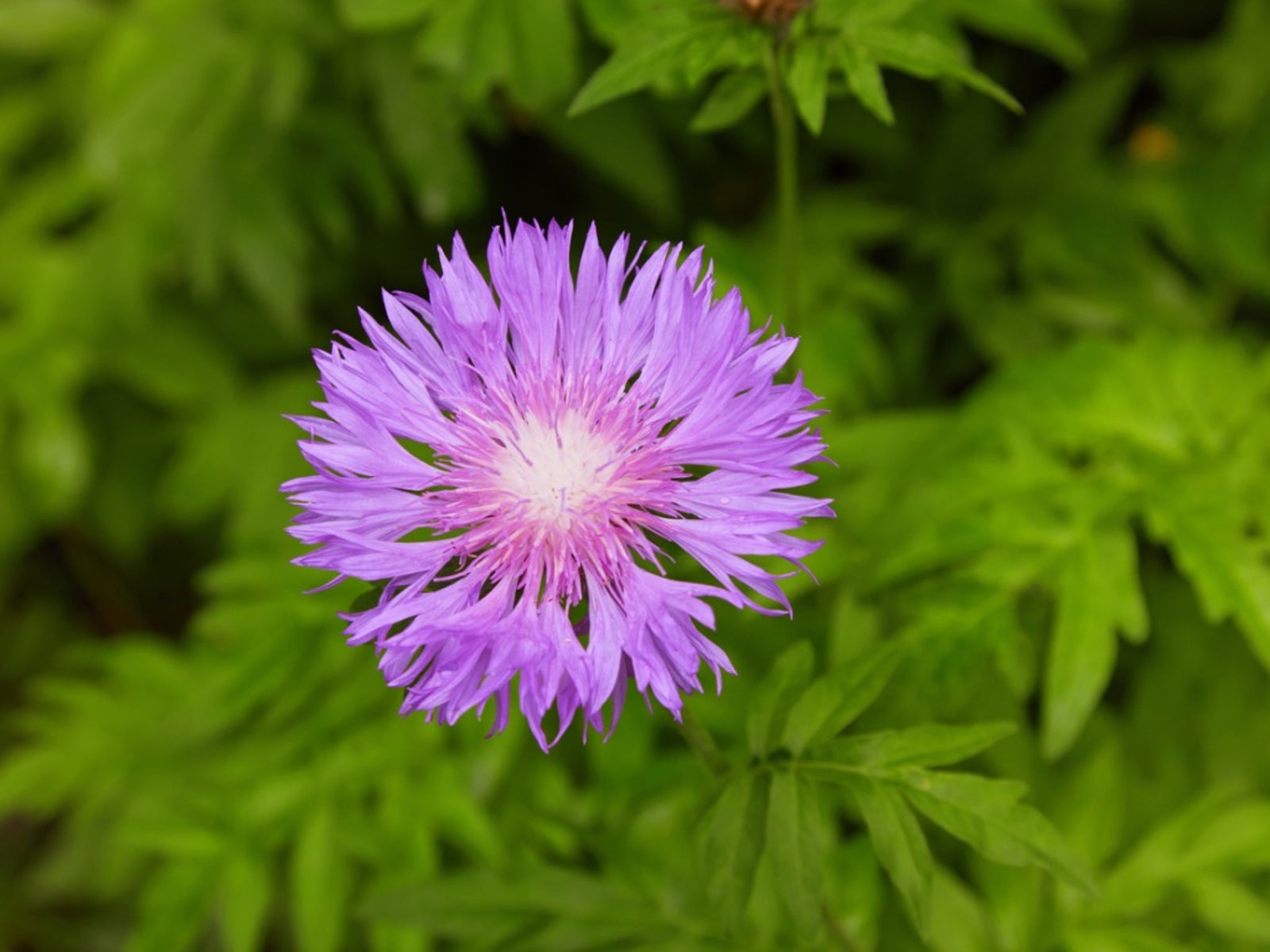Stokes Asters Flowers - Tips For Stokes Aster Care


Sustainable and xeric gardens benefit from the addition of the Stokes aster (Stokesia laevis). Care of this charming plant is minimal once the Stokes aster plant is established in the garden. You can grow Stokes asters for a burst of spring and summer color against a backdrop of evergreen shrubs and native foliage plants for a pleasing display.
Stokes Asters Flowers
Stokes aster flowers come in a range of pale and perky shades. The muted yellow cultivar ‘Mary Gregory' may be combined with the shorter ‘Purple Parasol' for compatible, long-lasting color and frilly texture in the summer flower bed. Stokes asters have flowers as big as 4 inches (10 cm.), with frilly petals and intricate centers. Stokes asters flowers bloom from late spring through summer in shades of silvery white, electric blue, and rosypink. The species is native to the southern United States and, depending on location, Stokes aster care may last for the entire summer.
How to Grow Stokes Asters
Grow Stokes aster plant in a sunny location in more northern areas. However, Stokes asters flowers offer longer bloom with protection from glaring afternoon sun in hotter places. Care for them includes keeping new plantings well-watered after planting. Once established, growing Stokes asters are drought tolerant. Grow Stokes asters in slightly acidic, well-draining soil for the best performance from the Stokes aster plant. The Stokes aster plant grows from 10 to 24 inches (25-61 cm.) tall and may be planted with other flowering native plants, such as blanket flower, for a summer show. Divide clumps of the stokes aster plant every three to four years for more perennial flowers. Stokes aster care should include the deadheading of spent blooms at the base of the stem. Some flower heads may be left on the plant to dry for seeds to grow Stokes asters for next year. Now that you've learned the beauty of this plant and of how easy Stokes aster care can be, try planting this great native in your flower garden. It will multiply so that you have many more to place in your display in just a few years.
Gardening tips, videos, info and more delivered right to your inbox!
Sign up for the Gardening Know How newsletter today and receive a free copy of our e-book "How to Grow Delicious Tomatoes".

Becca Badgett was a regular contributor to Gardening Know How for ten years. Co-author of the book How to Grow an EMERGENCY Garden, Becca specializes in succulent and cactus gardening.
-
 Looking For Plants To Give You The Soft And Fuzzies? Try These 5 Fuzzy Leaf Plant Options
Looking For Plants To Give You The Soft And Fuzzies? Try These 5 Fuzzy Leaf Plant OptionsLovers of texture, drama, silver foliage and tactile plants will adore these special sensory garden additions. These fuzzy leaf plant options will leave you all aglow
By Susan Albert
-
 Get Ready For A Summer Of Hummers! Grow These Full Sun Hummingbird Plants and Flowers
Get Ready For A Summer Of Hummers! Grow These Full Sun Hummingbird Plants and FlowersIf you’re lucky enough to enjoy a sunny backyard, make sure you are maxing out on your pollinator opportunities and grow these full sun hummingbird plants and flowers
By Tonya Barnett